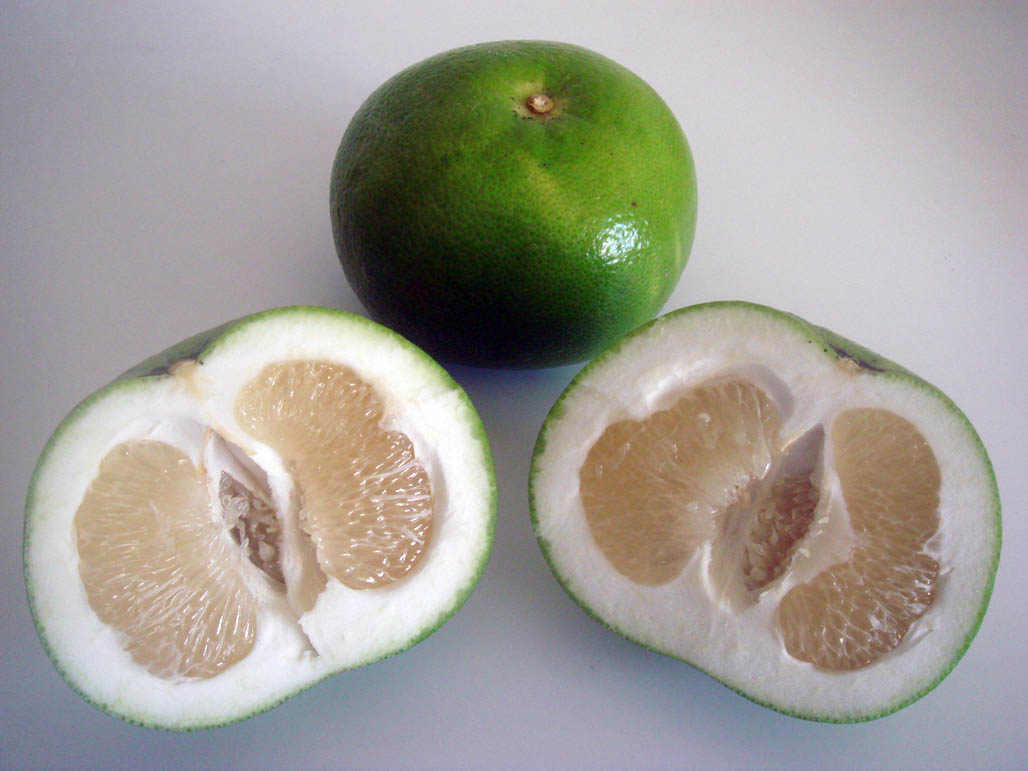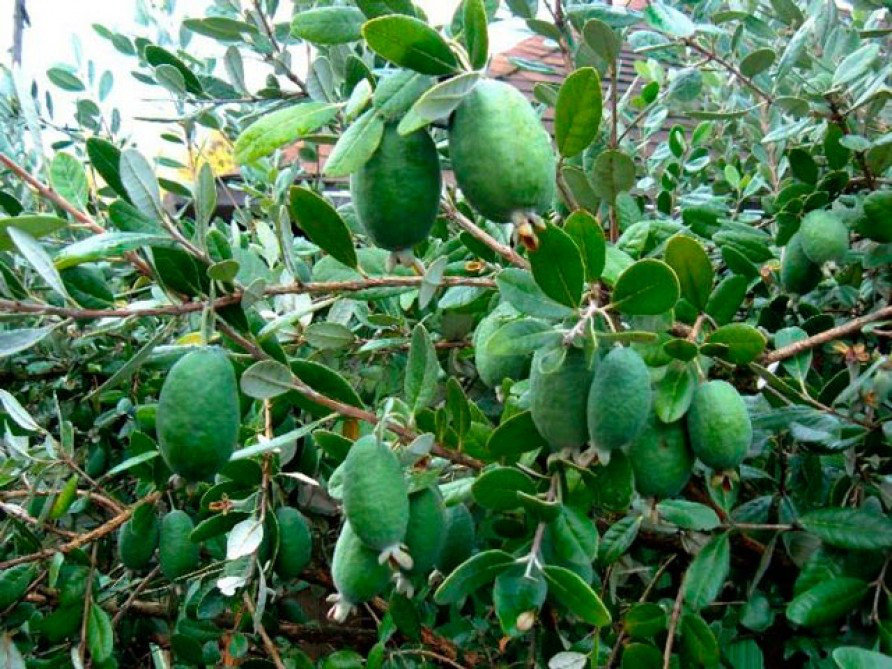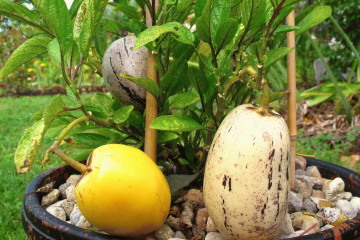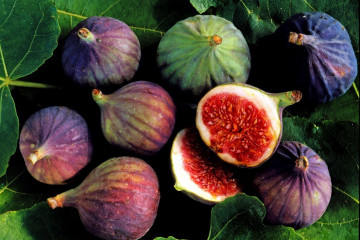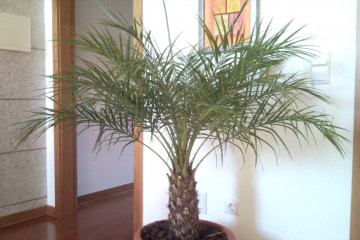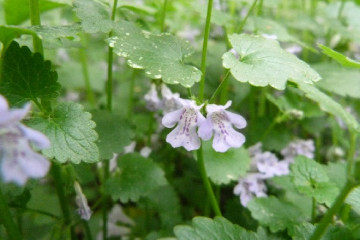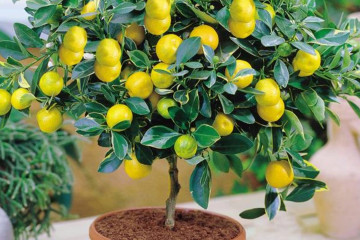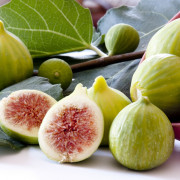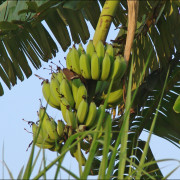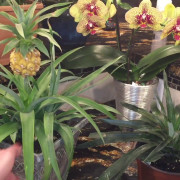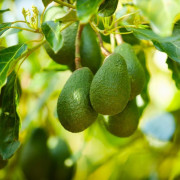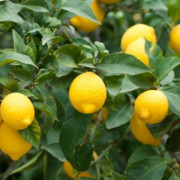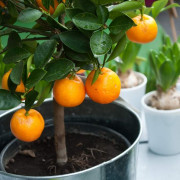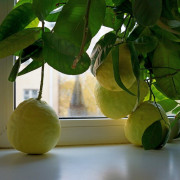Feijoa is a fruit or a berry - where it grows and what it looks like
Content:
Lovers of exotic have learned to grow not only bananas and pineapples at home, but also feijoa. The fruit belongs to the category of an evergreen tree-like shrub, which is a representative of the Myrtle family. What is Feijoa? Feijoa is a valuable fruit crop that brings benefits to the human body and replenishes the deficiency of vitamins B, PP and C.
Feijoa is a fruit or a berry
Often, lovers of exotic fruits ask questions: what is feijoa, where does the fruit grow? Where did this wonderful plant come from? The homeland of fertile flowering plants of the Myrtle family are:
- South America;
- Colombia;
- Argentina;
- Uruguay;
- Paraguay.
Today, the agronomists of Azerbaijan, Australia, the Caucasus, western Georgia are successfully growing a fruitful flowering plant on their plantations. Recently, the shrub has been grown in Russia (RF).
What is feijoa - berry or fruit? It is an exotic fruit that belongs to the category of fruit.
Feijoa is a fruit that will impress even the most sophisticated gourmet in the world. The shape of the fruit resembles the shape of an egg. The fruits are colored green. The pulp is characterized by increased juiciness, aroma and sweetish aftertaste. Feijoa tastes like apple, mint, fig and pineapple. Many believe that it looks like a pineapple. The granularity of the transparent jelly-like pulp vaguely resembles a guava.
What does a feijoa look like? The peel of the exotic fruit is firm and has a tart flavor. The pulp contains a small amount of seeds. The fruit can be eaten completely without removing the skin.
How does feijoa bloom? The feijoa bloom season lasts almost 60 days. During this period, the plant becomes a real decoration of the apartment / garden. The bright feijoa flowers are endowed with an amazing aroma. The ripening period of the fruit falls on the 20th of October. During the ripening season of feijoa, you can remove the fruit from the tree and eat right away.
Benefit and harm
Feijoa - not everyone knows what it is and how useful the fruit is. Among the main useful properties that an exotic fruit has, a large percentage of the content in fruits:
- B vitamins;
- vitamin C;
- vitamin PP;
- iodine and calcium;
- potassium and sodium;
- magnesium and phosphorus;
- iron and copper;
- zinc and manganese;
- malic and folic acid;
- essential oils of strawberry and pineapple.
Due to the easy assimilation of proteins and fats, which are concentrated in the pulp of a ripe fruit, the fruits are often used in the diet of adherents of proper nutrition. Often, for weight loss, nutritionists recommend replacing the evening meal with a small amount of fruits. Such a dinner will provide an opportunity not only to reduce body weight, but also to make up for the deficiency of useful elements.
Doctors recommend including citrus in the daily diet for people suffering from pathologies:
- thyroid gland;
- gastrointestinal tract;
- kidney and liver.
Kakhetin and leukoanthocin contained in the composition act on the human body as a powerful antioxidant that prevents the occurrence of malignant tumors. The presence of vitamin C in the composition makes it possible to cope with colds, symptoms of acute respiratory illness and flu at an early stage.
Despite the abundance of beneficial properties, the fruit can be harmful to human health. A large percentage of sugar in the composition of the product negatively affects the health of people who suffer from:
- obesity;
- diabetes mellitus;
- heart disease;
- ulcerative pathology;
- individual intolerance to the fruit;
- hyperfunction of the thyroid gland.
If you feast on a large number of exotic fruits every day, you can provoke the occurrence of:
- anxiety;
- nervous breakdown;
- "Jumping" temperature;
- heart palpitations;
- decreased performance;
- depressed state.
To avoid stool problems, it is best to avoid the combination of cow's milk and feijoa. Fruits can only be eaten fresh! After 6-7 days of storage, the product deteriorates and can provoke poisoning.
Growing feijoa at home
To grow an exotic plant in your own home, you need to prepare seeds. To do this, you should purchase fresh fruits. Seeds of overripe fruit have poor germination. To extract the seed, you will need to trim the fruit from the tail side. The jelly-like pulp is squeezed out. With a fine sieve, it is easy enough to get rid of the jelly and get the seeds. The seeds collected in this way are washed in a manganese solution and thoroughly dried.
Seed sowing process:
- The first step is to prepare the soil mixture. Peat and fertile soil are combined in equal parts, a small amount of sand and leafy earth is added.
- The resulting soil is poured into containers.
- The seeds go deep into the ground to a depth of 0.6 cm from the soil surface.
- The soil is thoroughly moistened from the sprayer. This will prevent the seed from washing out.
- The containers are placed on the windowsills. The room temperature should be between 17-18 ° C.
- After 3-4 weeks, the first shoots will appear. After another 14 days, the first foliage can be seen. After the formation of the eighth leaf, the seedlings are transplanted into separate pots. This time, you will need to slightly change the composition of the soil. In equal quantities, the combined sod and leaf land are poured into a container filled with a small amount of sand and humus.
Lighting
When planting a feijoa tree on your site, it is important to consider that the plant belongs to light-loving crops. When disembarking near the house, you should give preference to a place located on the south side. Adult exotic plants of feijoa, which are planted in apartment conditions, must be placed on the southern windowsill or insulated balcony / loggia. It is very important to supplement the culture in the cold season. For this purpose, a 20 W fluorescent lamp is installed near the fruit tree.
Picking
As soon as 3-4 pairs of leaves are formed on the seedlings, you can start picking at individual small containers. To do this, it is recommended to use self-prepared soil, consisting of:
- leaf humus;
- rotted manure;
- sod soil;
- coarse river sand.
A pick accelerates the development of the feijoa root system. Despite the rapid growth of green mass, it is possible to enjoy the first fruits only six years after planting seedlings in pots.
Air humidity and temperature
How does feijoa grow at home, and what room temperature is acceptable for him? Feijoa is a plant that is not picky about temperature conditions. The tree will tolerate cool temperatures in the range of 12-13 ° C and hot weather in the range of 28-33 ° C quite well. The only thing that is important is that in the cold season the temperature does not drop below 8 ° C.
When growing feijoa in an apartment, you should put containers with trees in the yard in the summer, or at least on an unglazed balcony. Throughout the year in the room, it is important to maintain the air humidity within 78-80%. Experts recommend systematically spraying the green mass and the root system of the exotic fruit.
Watering
In the sultry heat and during the growing season, it is necessary to moisten the soil abundantly, while preventing the liquid from stagnating in the holes. After sunset, feijoa is sprayed with warm water. Sunlight on wet foliage can cause sunburn. It is necessary to moisten the soil as the soil in the container dries out.
Top dressing
In the first 24 months, the exotic tree does not need fertilization. By replanting a young plant every season in a new soil, you can compensate for the deficiency of useful elements and vitamins. Two years after planting the seedling, you can think about applying top dressing. It is advisable to use fertilizer in the spring and autumn months. Experts recommend foliar top dressing.
Fertilization scheme in spring:
- On April 1, apply a fertilizing containing nitrogen;
- On April 15, fertilize with phosphorus fertilizer;
- On April 30, add potash top dressing.
Organic fertilizers are often used as nitrogenous top dressing. A small amount of decayed horse manure diluted in settled rainwater is ideal. Such fertilization contributes to the active growth of an exotic crop.
It is systematically necessary to add granular superphosphate. It can be embedded in the ground. If you need to use liquid fertilizer, then superphosphate (1 tbsp. Spoon) is combined with 2 liters of water. The resulting solution is brought to a boil, left to cool, and then abundantly watered with exotic trees.
In order to stimulate the development of fruits, potash can be added in early autumn. It is advisable to use an ash extraction system. For every 2 liters of settled water, add 2 tbsp. tablespoons of deciduous plant ash or straw. The solution should be infused for 5-7 days. After straining, the liquid top dressing can be used as fertilizer.
In winter, top dressing is not applied.
Pests and diseases
An exotic plant rarely gets sick if the gardener takes proper care of the crop and fertilizes the tree in a timely manner.In the absence of quality care and a violation of the irrigation regime, feijoa can suffer from gray rot and leaf spot. To cope with fungal infections, experts recommend using:
- bordeaux liquid;
- abigo peak;
- hom;
- cuproxate;
- oxychome;
- polychoma;
- ridomil;
- akrabat;
- soon.
Among pests, an exotic fruit is most often harmed by a false shield and a red spider mite. The latter destroys young foliage and shoots. To cope with the pest, experts recommend using dissolved (2 g) celtan in 1 liter of water. With the help of the solution, the plant is processed after sunset. The active components of the celtan are capable of affecting an exotic culture for about five weeks. As a preventive measure, it is advisable to systematically rinse the feijoa under the shower. The spider mite tries to escape moisture.
The scabbard settles along the central veins of the upper side of the foliage. You can cope with the pest by using karbofos, previously dissolved in settled water (6 g of the drug will be required for 2 liters of water). The emulsion is used to treat the green mass of the plant. Each leaf must be moistened with liquid on both sides. The recommended number of treatments is 3 times. The interval between them should be six days.
Breeding feijoa
The exotic tree is a cross-pollinated crop. In order for the fruits to begin to form, it is necessary to plant a pair of feijoa close to each other. However, even this cannot guarantee abundant fruiting. Experienced gardeners recommend purchasing parthenocarpic seedlings for planting. It is these green spaces that are endowed with the ability to self-pollinate.
To propagate a plant, it is recommended to use:
- by the seed method;
- by cuttings.
Cutting is carried out in the 20th of April. Cuttings are cut from young shoots. It is very important that each has three internodes. The lower cuts of cuttings are treated with a growth stimulant. For this purpose, it is advisable to use:
- root;
- humate;
- epin.
After processing the lower sections, the cuttings are planted in a greenhouse with the presence of light soil containing a small amount of vermiculite and sand. In order for the cuttings to take root, it is important that the temperature in the greenhouse is higher than 28 ° C. It should be borne in mind that only 50% of seedlings take root in this way. The plant is picky enough, so reproduction is not such an easy process.
The flowering of young cuttings begins after 36 months. With seed reproduction, the process of flowering feijoa begins only in the sixth year. Feijoa flowers are quite lush and bright. Unfortunately, not every tree can set fruit.
Feijoa belongs to the category of unpretentious plants. However, when growing it at home, it is important to strictly adhere to the recommendations of experienced gardeners. This will allow you to grow a healthy, abundant tree.
